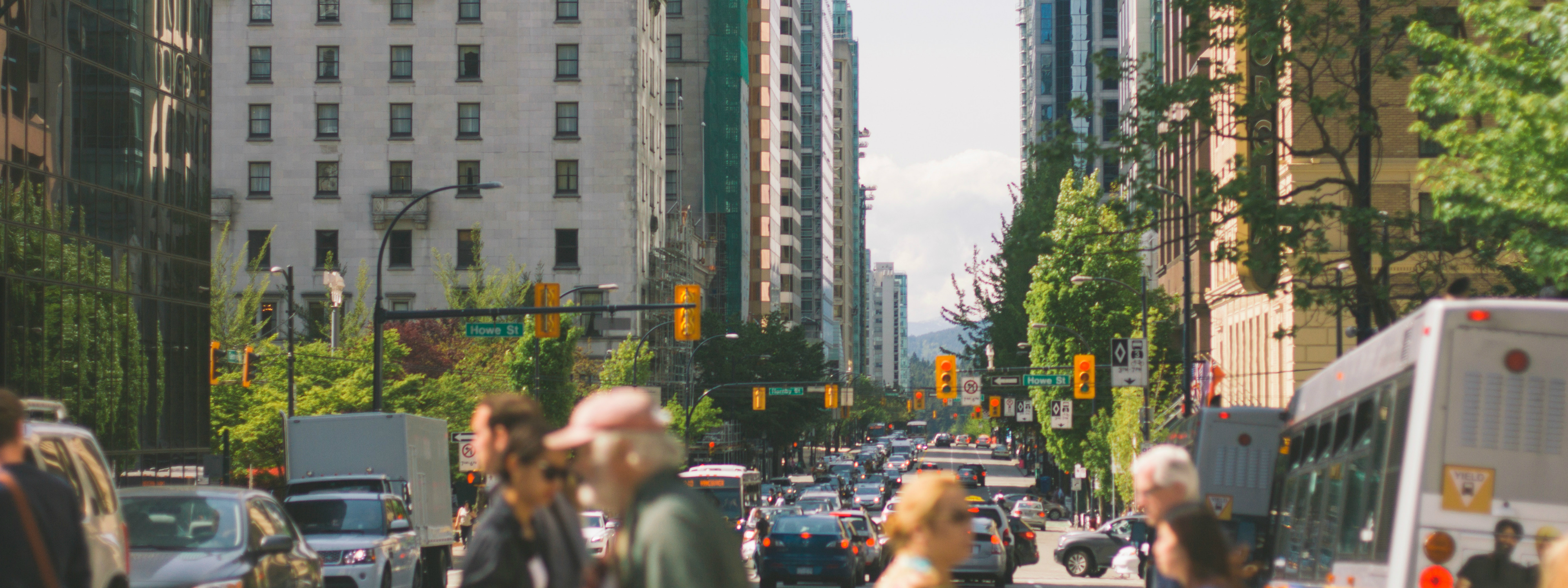Compendium of Best Urban Forest Management Practices
Chapter 25. Social Considerations
Return to the Compendium homepage here:
Compendium of Best Urban Forest Management Practices →

Compendium of Best Urban Forest Management Practices
Return to the Compendium homepage here:
Compendium of Best Urban Forest Management Practices →
Urban forests shape the environment for millions of urban residents, and how they feel about their urban forest matters. Researchers often measure residents’ attitudes through public surveys, and the information obtained can help municipalities manage their urban forests (Jennings et al., 2016). People living in different regions may have different attitudes and preferences relating to urban forests, which may be influenced by different factors, like local climate (Avolio et al., 2015). One study found that residents are most likely to plant trees for aesthetic reasons, more than for desired ecological services (Conway, 2016).
Urban forests are distributed unequally in many cities. Poorer neighbourhoods, on average, have less greenspace and canopy cover than wealthier neighbourhoods. Some challenges of increasing canopy cover in under-served areas is a lack of physical space to plant trees (Danford, Cheng, Strohbach, Nicolson, and Warren, 2014). Given the health and economic benefits of urban forests, many municipalities, like the cities of Ottawa and Toronto, make equitable access to urban forests a guiding principle in their urban forest strategies.
Due to its far-reaching benefits, urban forestry involves multidisciplinary teams with diverse skills and knowledge. Foresters, urban planners, landscape architects, arborists, scientists, and community leaders all help to create healthy and sustainable urban forests.
Avolio, M. L., Pataki, D. E., Pincetl, S., Gillespie, T. W., Jenerette, G. D., & McCarthy, H. R. (2015). Understanding preferences for tree attributes: the relative effects of socio-economic and local environmental factors. Urban Ecosystems, 18(1), 73-86. https://link.springer.com/article/10.1007/s11252-014-0388-6
Bardekjian, A. (2016). Towards social arboriculture: Arborists’ perspectives on urban forest labour in Southern Ontario, Canada. Urban Forestry and Urban Greening, (19) 255-262. https://www.sciencedirect.com/science/article/abs/pii/S1618866715001508
Bardekjian, A. (2016). How perspectives of field arborists and tree climbers are useful for understanding and managing urban forests. The Nature of Cities; March 24, 2016. Retrieved from: https://www.thenatureofcities.com/2016/03/24/how-perspectives-of-field-arborists-and-tree-climbers-are-useful-for-understanding-and-managing-urban-forests/?utm_content=bufferba76b&utm_medium=social&utm_source=twitter.com&utm_campaign=buffer
Conway, T. M. (2016). Tending their urban forest: Residents’ motivations for tree planting and removal. Urban Forestry & Urban Greening, 17, 23-32. https://doi.org/10.1016/j.ufug.2016.03.008
Danford, R. S., Cheng, C., Strohbach, M. W., Ryan, R., Nicolson, C., & Warren, P. S. (2014). What Does It Take to Achieve Equitable Urban Tree Canopy Distribution? A Boston Case Study. Cities and the Environment, 7(1). https://digitalcommons.lmu.edu/cgi/viewcontent.cgi?article=1123&context=cate
Jennings, T. E., Jean-Philippe, S. R., Willcox, A., Zobel, J. M., Poudyal, N. C., & Simpson, T. (2016). The influence of attitudes and perception of tree benefits on park management priorities. Landscape and Urban Planning, 153, 122-128. https://doi.org/10.1016/j.landurbplan.2016.05.021
Navigation